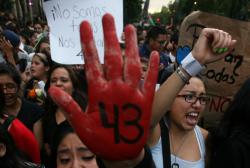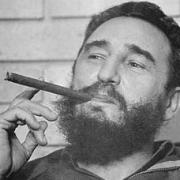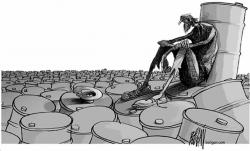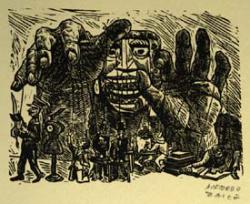
The Mexican left is more divided than at any time since the early 1980s as some 80 million Mexican voters will go to the polls on June 7 to elect 500 federal representatives, nine governors 641 state legislators, 993 mayor and 16 borough chiefs in Mexico City.
Four rival leftist parties will be competing for votes—the Party of the Democratic Revolution (PRD), the Workers Party (PT), the Citizens Movement (MC), and the Movement for National Regeneration Party (MORENA)—though is some cases they will ally with each other and in others with one of the two dominant parties: the Institutional Revolutionary Party (PRI) or the National Action Party (PAN). The Zapatista Army of National Liberation (EZLN), one of the country’s important left organizations, remains opposed to elections as always. Some in the Ayotzinapa protest movement—protesting over the killing of six and disappearance of 43 students at a rural teachers college in Guerrero–have called upon voters to abstain altogether.
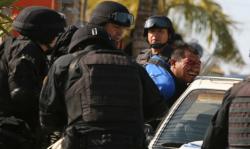
.jpg)
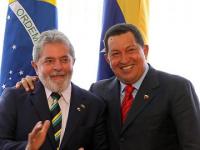

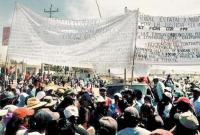
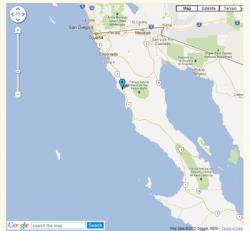
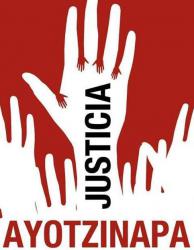
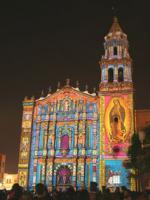
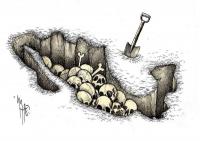
 Julio Scherer, who worked as a journalist for 70 years, will be most remembered for founding
Julio Scherer, who worked as a journalist for 70 years, will be most remembered for founding 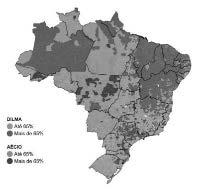 Election day came lazily in Santarém, a mid-sized city and trading entrepôt at the junction of the Amazon and Tapajós rivers, the halfway point between Amazônia’s primary metropolises of Manaus and Belém. The internet was out of service in this sleepy Amazonian town, as were two out of the four major cellphone carriers, and the streets were nearly empty.
Election day came lazily in Santarém, a mid-sized city and trading entrepôt at the junction of the Amazon and Tapajós rivers, the halfway point between Amazônia’s primary metropolises of Manaus and Belém. The internet was out of service in this sleepy Amazonian town, as were two out of the four major cellphone carriers, and the streets were nearly empty. Dilma Rousseff of the Workers Party (PT) won Brazil’s presidential election on October 26, meaning that when her term ends her party will have held the nation’s top office for a remarkable 16 years, longer than any party in Brazilian history.
Dilma Rousseff of the Workers Party (PT) won Brazil’s presidential election on October 26, meaning that when her term ends her party will have held the nation’s top office for a remarkable 16 years, longer than any party in Brazilian history. “¿Qué Nueva, Qué Nueva, Qué Nueva Mayoría? ¡Si van a gobernar pa’ la misma minoría!” (“What New Majority? They’ll rule for the same old minority!”)
“¿Qué Nueva, Qué Nueva, Qué Nueva Mayoría? ¡Si van a gobernar pa’ la misma minoría!” (“What New Majority? They’ll rule for the same old minority!”)